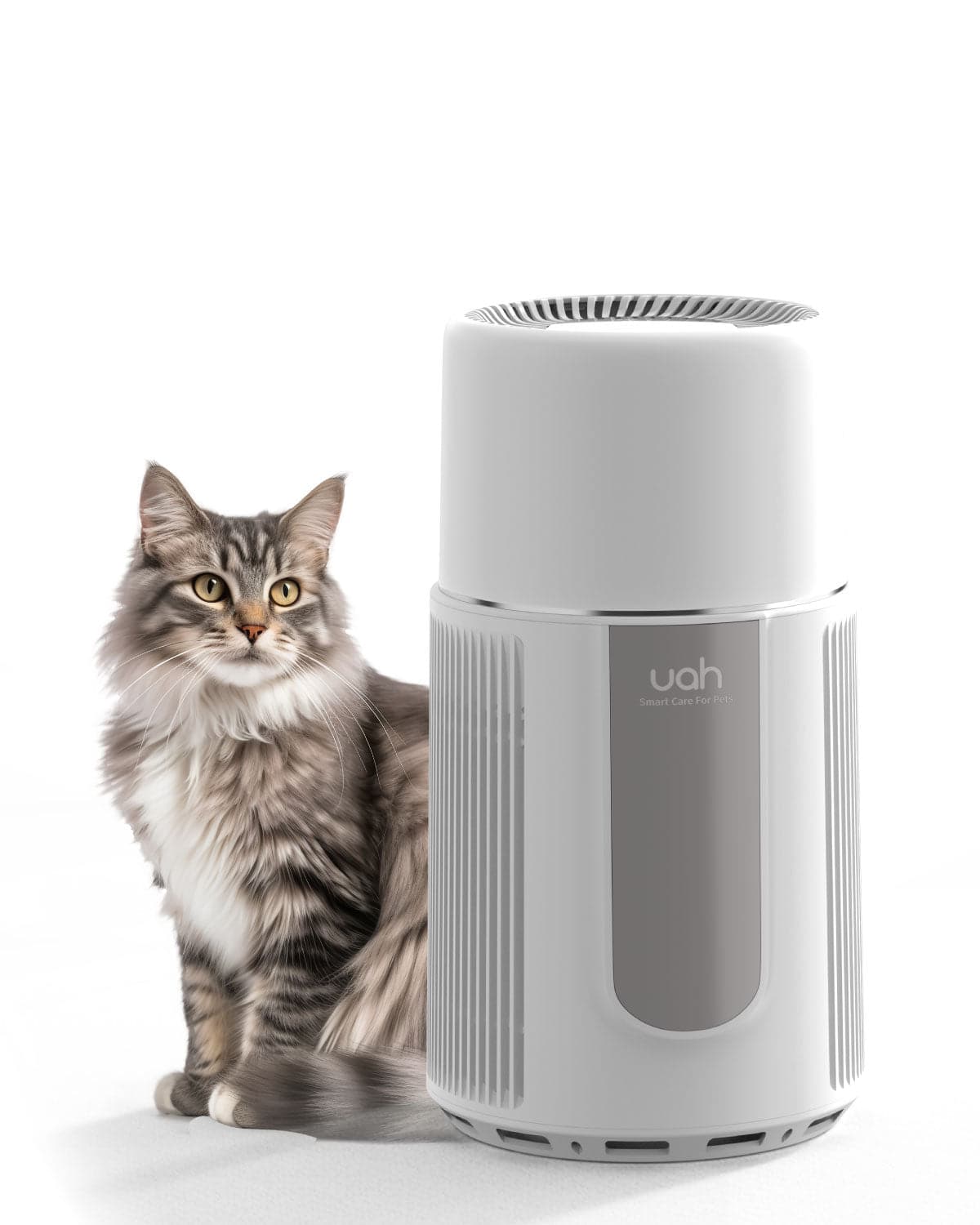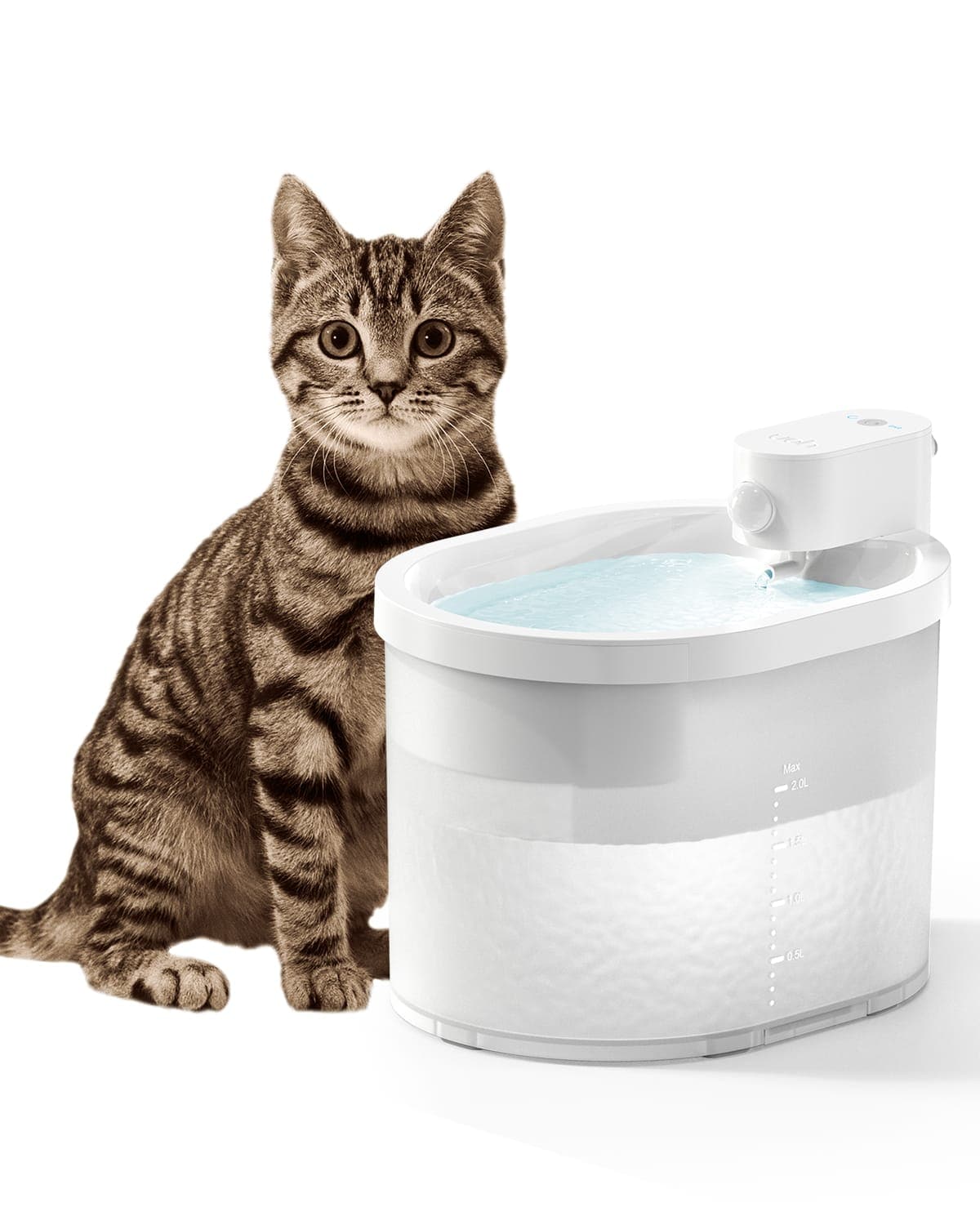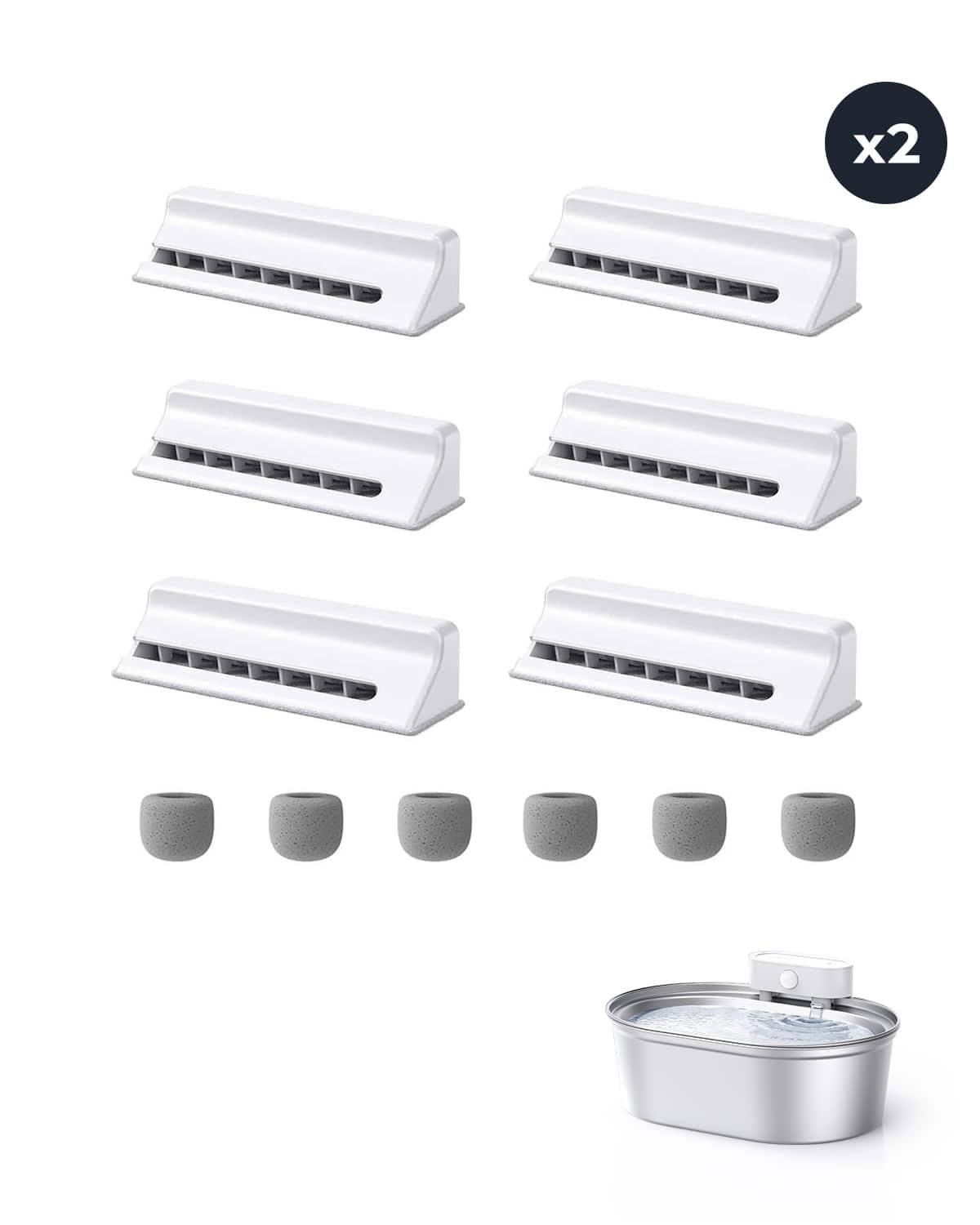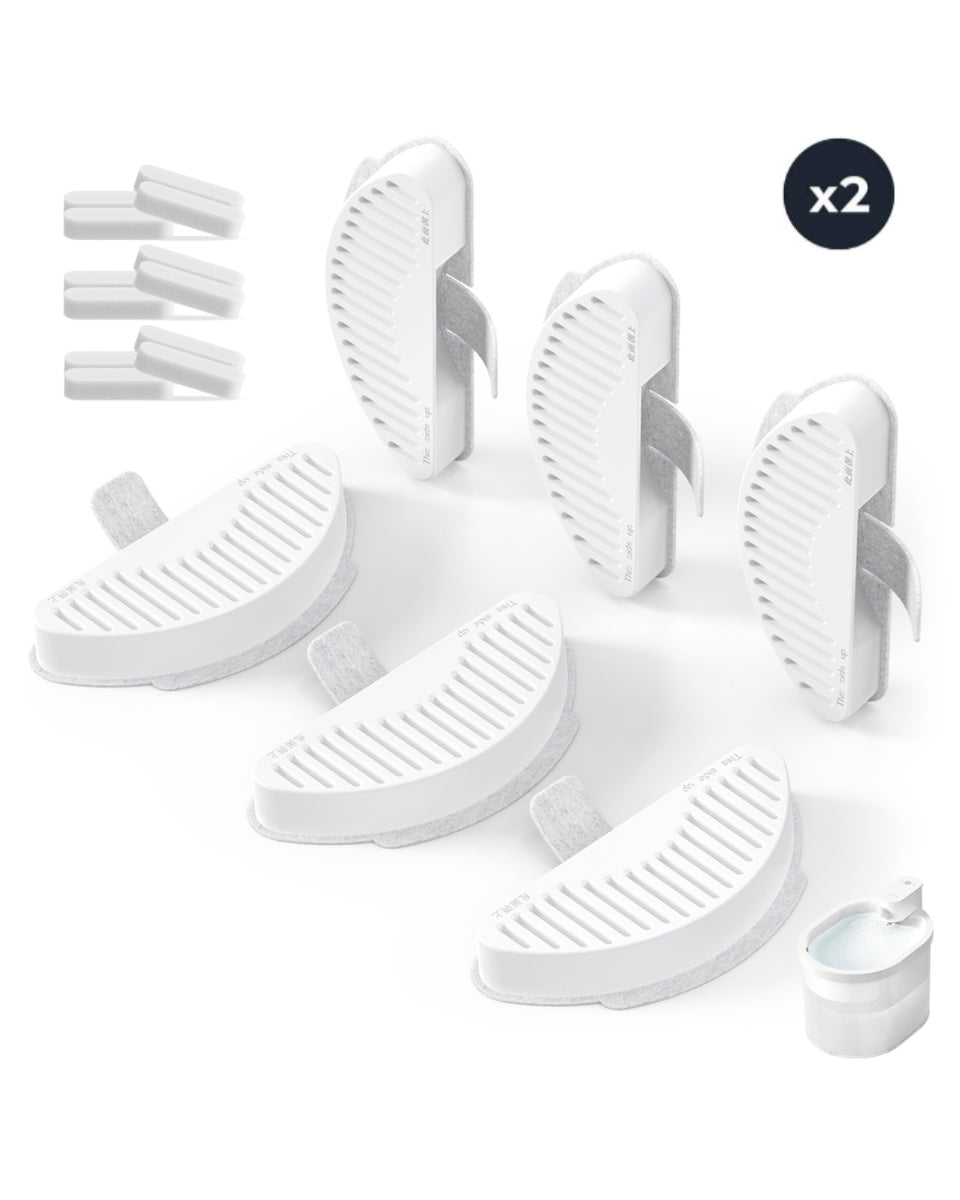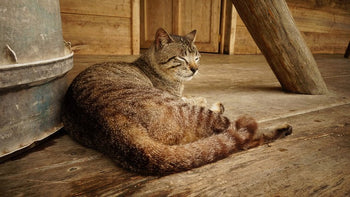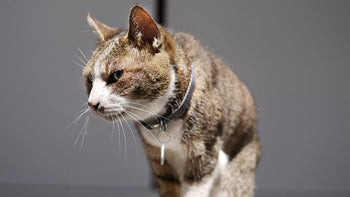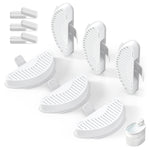Pet air purifiers are designed to clean the air of pet dander, fur, dust, and other allergens that are common in homes with pets. Understanding the design, noise levels, features, effectiveness, and cost-effectiveness of these devices is essential for choosing the right one for your home. In this article, we will dive into the working principles of pet air purifiers and provide specific examples to help guide you in making the best choice.

Design of Pet Air Purifiers
The primary design of pet air purifiers focuses on handling pet-related allergens and fur. Most purifiers use a multi-stage filtration system capable of dealing with larger particles like pet hair and fine allergens such as pet dander.
- Pre-filter: The first line of defense, the pre-filter captures pet fur and larger particles like dust and lint. This helps extend the life of the HEPA filter by preventing large debris from clogging it.
- HEPA Filter: This filter captures 99.97% of particles as small as 0.3 microns, such as pet dander, pollen, and dust mites. It’s particularly beneficial for people with allergies.
- Activated Carbon Filter: The carbon filter absorbs and removes odors from the air, especially pet-related smells like cat litter box odors or the smell of wet dogs.
Key Parameters and Working Principles of Pet Air Purifiers
Pet air purifiers are specifically designed to handle fur, dander, and odors. Below are some key parameters to help evaluate their performance, along with examples of practical applications:
1. CADR (Clean Air Delivery Rate): CADR measures the volume of air a purifier can clean per minute. For households with multiple pets or large rooms, it is recommended to choose a purifier with a CADR of at least 200. For example, a room of 20 square meters usually requires a purifier with a CADR of 150-200 to effectively remove hair and dander from the air.
2. Coverage Area: Every air purifier specifies the room size it can effectively clean. For example, a living room of 60 square meters would require a purifier that covers around 60-80 square meters to ensure that allergens in the air are fully removed.
3. Filtration Efficiency: A high-quality HEPA filter can capture 99.97% of particles as small as 0.3 microns, such as dander and dust mites. This is crucial for homes where residents suffer from allergies.
4. Noise Levels: The noise level of the purifier should be between 35-50 decibels, similar to normal conversation. For bedroom use, a purifier with noise levels under 35 decibels is recommended to ensure it doesn't disturb pets or the owners during nighttime.Uah Pet Air Purifier for Dog and Cat Family provides silent operation <28dB
5. Maintenance Costs: The lifespan and replacement cost of filters are long-term factors to consider. Typically, HEPA filters need to be replaced every 6-12 months, and carbon filters should be changed every 3 months, with annual maintenance costs ranging from $50 to $100.
Practical Examples:
- Allergy-Prone Environment: Suppose you have a long-haired cat and family members with allergies. In a 25 square meter room, you should choose a purifier with a CADR of 150-200 and noise levels below 40 decibels. Make sure the purifier includes HEPA and activated carbon filters. This setup effectively reduces dander and odors, alleviating allergy symptoms.
- Multi-Pet Household: In a home with two or more pets, if the living room is 40 square meters, it’s recommended to use a purifier with a CADR of at least 250 to handle the higher levels of fur and dander. For larger or open-plan spaces, you may need two purifiers to ensure optimal air quality.

Additional Functions of Pet Air Purifiers
In addition to basic filtration, many pet air purifiers come with features that further enhance air quality:
- Air Quality Sensors: Some high-end purifiers have built-in sensors that detect the concentration of particles in the air and automatically adjust the purification speed based on air quality. This ensures that pet dander and fur are effectively cleaned from the air.
- UV-C Sterilization: Some purifiers use UV-C light to kill airborne bacteria and viruses, reducing the spread of pathogens. This is especially useful in households with multiple pets or pets with weakened immune systems.
How to Measure Effectiveness:
Regular filter replacement or cleaning is key to ensuring the air purifier works effectively. Clogged filters not only reduce purification efficiency but may also increase noise levels. For consistent performance, always follow the manufacturer's recommendations on filter replacement schedules.
Conclusion
The effectiveness of a pet air purifier depends largely on its filtration system, CADR, and the size of the room it is used in. By considering these factors, you can choose the right air purifier for your home environment and pets. You might want to take a look at the Uah Pet Air Purifier for Dog and Cat Family, maybe it can meet your needs
If you want to deal with some of your pet's cleanliness issues at the root, Uahpet's pet care series offers a range of high-quality pet grooming tools, including high-speed pet hair dryers, known for their high efficiency and low noise, as well as automatic foaming hand soap dispensers and bathing brushes for easy pet bathing. Help pet owners easily maintain their pets' cleanliness and health



